Many parents consider martial arts for their children. With so many options to choose from, where do you start? Taekwondo, Karate, Brazilian Jiu Jitsu, and Judo are all worthwhile and popular options. In this article we’ll focus on how Judo is a great choice of martial art for your children, and a few of the best reasons why.
Millions of kids participate in team sports like football, baseball, soccer, and basketball. While team sports are great in many ways, they are, after all, “team sports”. A team sport differs from an individual sport in important ways, and while we don’t discourage team sports, individual sports such as martial arts offer a number of benefits that you don’t get when your performance is based on a team, but rather on you, yourself.
If you’re considering team sports vs individual sports vs martial arts for your child, here are some reasons to consider an individual sport, and to take it two steps further, not just a “general” martial art, but Judo specifically.
1. Strength Training:
While anyone can get stronger, faster, better by playing a team sport and/or training in many martial arts, Judo specifically involves the full body. Unlike other martial arts (Taekwondo, for example) Judo uses nearly every muscle in the human body. As an example, Taekwondo (one of the most popular martial arts in the USA) focuses primarily on kicking. Yes, there are punches and blocks that require upper body strength, but the majority of the focus is on using the legs – the strongest limbs in the body – as the primary “weapon”. A Taekwondo student will develop extremely strong legs, but not so much upper body strength. Judo, as a comparison, uses grip strength, arm strength, back, legs, feet, and, importantly, core. Kicking a bag, vs picking up a whole person and throwing them six feet through the air requires a vast difference in muscle strength. Judo utilizes the whole body, so there are few muscles that aren’t challenged by this highly effective martial art.
2. Self Defense:
Not everyone has the need to use self-defense techniques in life (luckily), but for adults and/or children who do, knowing how to defend yourself can mean the difference between safety and injury, or life and death. Judo is a highly effective martial art that develops self defense skills from both the standing and ground positions. Martial arts like Karate and Taekwondo are “standing only” and are essentially nullified if an attacker/bully takes you to the ground. Brazilian Jiu Jitsu, or BJJ, is primarily a ground-fighting art, so if a fight or attack starts from a standing position, the BJJ practitioner is limited in his/her ability to defend himself/herself until the fight goes to the ground. BJJ is not to be disrespected, as it’s a strong self-defense, but with little to no stand-up training, BJJ is hardly a “complete” martial art. Many Judo dojos focus more on stand-up fighting, but a few, such as Tri-City Judo specifically, focus on a 50/50 balance between stand-up and ground fighting defense. Taekwondo and Karate both have their place in the world of the best martial arts, but if an attacker gets too close, the range needed to utilize their stand-up moves can be exploited to the attacker’s advantage. Judo can work from any position as long as the judo fighter, also known as a “Judoka”, is able to get their hands on the attacker. When a skilled Judoka gets their hands on a bully or attacker, it’s not going to bode well for the attacker. Many kids who experience bullying, or a physical assault, may carry that trauma with them for their whole life. As the author of this article, I recall being bullied and threatened many times as a kid, and if I had only had the knowledge of how to defend myself, who knows how different my life may have been. Can you relate?
3. Fast Reflexes and Extreme Core Strength:
Many people know some things about martial arts, but Judo is often less familiar. Judo teaches a person how to very quickly assess the type of attack that’s coming, how to best defend against it, and ultimately, how to end the confrontation as quickly as possible. If someone throws a punch at a Karate fighter, the reflex might be to block the punch. This is great, but it leaves the attacker free to continue their attack. In Judo, if someone throws a punch at you, your reflex is going to be to grab the punch mid-flight, and to somewhat effortlessly pick up and throw the attacker to the ground. So one move can easily neutralize an attacker, because if someone picks you up and throws you to the ground, especially on a hard surface, it’s not going to be easy to get back up and continue the attack. Frequent training in Judo develops these instantaneous reflexes and builds tremendous core strength, allowing the Judoka to physically disable, or in some cases, break the body of the attacker. Blocking punches is great, but if the attacker can keep attacking, you’ve got to keep defending. But if you just happen to throw your attacker to the ground, they’re gonna have a hard time getting back up. Judo also emphasizes “follow-through” on a throw, and to take the fight to the ground. From here, the Judoka is trained to pin, or subdue the attacker for long enough for help to arrive – or in certain cases, if necessary, render the attacker unconscious and simply unable to move. A disabled or unconscious attacker is much better than one that has the ability to keep the fight going. In competition, Judo matches can sometimes be over in a matter of seconds. Therefore, if you catch an attack at the right time, the attack can be over nearly as fast as it began in the first place. For children, the goal is not to teach them to hurt other people, but since you don’t get to pick and choose your bully, or when someone tries to start a fight with you, pinning and subduing an attacker with or without causing actual bodily harm can be a great benefit to kids in such an unpredictable world.
4. Self Confidence:
As illustrated in the previous paragraphs, simply knowing how to defend yourself can change how you feel about yourself, especially as a kid who experiences bullying. Defending yourself and knowing how to defend yourself are essentially two different branches of the same tree, and knowledge is more than half the battle. Bullies often seek out the weak and timid, but Judo can change that. If your child knows how to protect themself, they are less likely to suffer the fear and terror from a bully’s threats. This is not a subject that should be glossed over, because, again as previously mentioned, children who find themselves on the receiving end of bullying often live with a certain degree of fear and low self-esteem. A child who knows how to defend him/herself from almost any kind of attack is almost certain to feel better about themselves and not to fear a bigger, stronger bully. Judo was developed by a tiny man in his 80’s who grew up small and frail. After developing and founding the art of Judo, Professor Jigoro Kano traveled far and wide promoting the art, often challenging any size human being to a match. Videos of Professor Kano are available on YouTube to this day and you can see how the smaller person can have an advantage over a bigger and/or stronger attacker. Feel free to check out some of his videos, they are quite impressive.
5. Exercise:
In a world where children are diagnosed with ADHD at a near-alarming rate, a martial art such as Judo can help burn off some of that excess energy. Because almost all of the muscles in the body are activated, exercise is a valuable aspect of Judo. Martial artists who train in Judo are known to be exceptionally strong, to have fast reflexes, to have focused thinking, and to be experts in balance – balance both mentally and physically. In terms of these forms of balance, Judo is HIGHLY transferrable to other sports. The football player becomes more agile, the basketball player becomes faster, the baseball player is stronger and more focused, the wrestler is more refined, the track-runner has more endurance, the swimmer has more upper body strength… and the list goes on and on and on. If you want your child to excel in sports, Judo is a fantastic base for just about any other sport, hands down, no argument or debate – it just is.
6. Emphasizing Individual Achievements:
Not to ruffle feathers of team sports, but as they say, “there is no I in team”. That’s certainly important for many reasons, but there is a time and place for everything. While team sports do generally reward the better athletes, lesser athletes may not always get the attention and/or personal recognition they deserve or need. In Judo, it’s a one-on-one sport and you either win or lose the match on your own merits. By focusing on the individual over the team, each student gets focused training. There is no “riding coat-tails” or flying under the radar. This exposes the child’s personal strengths and weaknesses, and while weakness isn’t ridiculed or frowned down upon, in Judo, the saying is “you either win or you learn”. Losing a match by being thrown teaches the child what it feels like to be picked up and thrown – which is valuable knowledge to learn how to NOT be picked up and thrown. Losing to a pin teaches the child how to not lose to a pin. Losing to a submission teaches the child how to not get submitted. All of these examples, Judo teaches a child how to work hard and fight back. In many team sports, not everyone gets to play – some kids spend the whole game, or even a season sitting on the sideline. This does little for their self-improvement. When I was a kid, I spent the majority of my high school football career sitting on the bench. Sometimes, after the game, I was left with a feeling of sadness or lack of confidence that I DIDN’T get to play. This, in my personal opinion, is horrible for children. Trust me, the whole team knows if you don’t get play time. And in the end, if my team was lucky enough to win a championship or trophy, it was largely based on the performance of the better athletes and not on my own performance. So in a way, team sports allow for “participation awards” and not for their individual merits. In Judo, you either win your match or you lose. There are no participation awards. When a Judo student loses a match, the Dojo and Senseis take responsibility for that child’s performance and, at least with us, go out of their way to help the child improve where they need it. To win a medal or trophy, you actually have to win/earn/deserve it. In team sports, this can get whitewashed and equally reward the top athletes along with the worst. This is certainly not to say that participation awards don’t have their place in life – they certainly do – but being the poorest performer on a team and getting the same award as the best performer goes a very short way to helping the poor performer to get better. In Judo, poor performance is quickly identified, and a good Judo Sensei will hone in on (for lack of a better word) the child’s “weakness” and help them improve and overcome it. A good Dojo does not embarrass or ridicule a poor performer, but rather looks for ways to help the child gain the necessary skills and abilities that they may be lacking or need improvement on. This is a touchy subject, but anyone who has an open mind can see the importance of recognizing personal skill and achievements as opposed to awarding a whole team that may or may not be comprise of 100% superstar athletes. Can you dig it?
7. Belts and Ranking:
Using my high-school football career as an example, I never really knew where I stood when it came to the other athletes. I mean, yeah sure, you could tell who was good and who wasn’t, but in martial arts as a whole, the belt ranking system serves numerous important purposes. Now, again, this is a touchy subject because many martial arts (Taekwondo most notoriously) are known for expensive and routine “belt testing”. In a large percentage of martial arts, belt tests are a money-maker for the Dojo. Judo is one of the few martial arts that is dominated by the non-profit business model. Meaning, they aren’t out to charge you an arm and a leg for a belt test. Some Dojos don’t charge a dime to promote your child. Promotions are earned, not paid for, and they give the child a perspective of where they fit in, in terms of skill and ability, with other members of the Dojo, and they help foster the confidence and self esteem that comes along with “earning” the promotion, not mom or dad paying for it, or waiting for “test day” to roll around on the calendar. It’s widely known that there is tremendous parental pressure on many martial arts dojos to promote their kids, but this undermines the child’s abilities and personal progress. At our Dojo, promotions are handed out randomly based on how a kid performs, not whether or not the parent thinks it’s time or wants to pay for it. Also, when it comes to “paid testing”, parents really don’t like having to pay upwards of $100 – $150 (or more) for a belt test if the child technically fails the test. Many martial arts (again, not to single out Taekwondo, but TKD is notorious for this) promote the kids no matter what. One Dojo I have personal experience with promotes kids whether they’ve mastered the skills or not. How awful is it to promote a child when he/she hasn’t actually mastered the skills required to move to the next level? But parental pressure and the almighty dollar can be a huge influence on a Dojo that is out for profit. A non-profit Judo Dojo isn’t concerned about earning massive profits, and is more likely to promote a child based on his/her individual merits. This may be a good topic for another blog, and for some commentary and debate, but as a martial artist myself, I do not want my children to be promoted if they aren’t ready or if they haven’t earned the promotion – but maybe that’s just me. How do you feel about paid promotions?
8. Discipline:
Back in old days, many martial arts Senseis may have been harsh. We’ve all heard the old-school martial arts stories of bamboo sticks, using pain as an influencer, and essentially whipping children into behaving. Those are the old days and don’t (to my knowledge) exist anymore. Judo teaches respect and discipline in positive ways according to today’s modern thinking. While it’s possible that poor behavior can result in a few extra push-ups, discipline is based on methods that ultimately make the child stronger/better/faster, etc. It’s not uncommon for a child who exhibits bad behavior to be assigned extra exercise, it’s all training designed to help the child improve. Discipline is also achieved through sparring with a partner. If the child doesn’t maintain good discipline, it’s likely they’re going to get thrown or pinned. Improving discipline frequently results in improved focus, which are building blocks for improved performance. Many kids walk through a Dojo’s doors to find out that bad behavior is not tolerated and that push-ups aren’t all that fun. Ultimately, many children find ways to control their behavior, to demonstrate respect for Senseis and higher belted students. It’s not an uncommon thing for a parent to see a change in their child’s behavior, discipline, and respect after taking on a martial art like Judo.
9. Learning the Difference Between Brute Force and Self Control:
As previously mentioned, Judo was founded by a small old man. He weighed 87 pounds at his peak. If it’s not already obvious, Judo can teach a weak child how to defend him/herself against a bigger and/or stronger opponent. Judo is based on a philosophy of “maximum efficiency and minimal effort”, which means that brute force and overpowering strength are not always the avenues to success. By properly understanding body movements, leverage, balance, and the use of an opponent’s momentum, as well as gravity itself, a small person can easily overpower a large person. I personally like this for my children because I have a bit more confidence that they could defend themselves against a full-grown adult. A skilled child Judoka can easily defend against, or even disable, a full-grown adult. This is especially important in this day and age when kidnapping children happens more frequently than we’d all like to imagine. Would you like to think your child could deter a kidnapper?
10. Gender Equity Among Kids:
While not always the case, boys are thought to be stronger than girls. Again, that’s not always true, but for the sake of this specific paragraph, we’re going to assume so. Now with Judo, boys train with girls, girls train with boys. In life, you don’t get to pick your bully or attacker. So by treating all students as equals, whichever sex is weaker in the match learns to find the techniques and skill to beat the stronger. It’s not about who is strongest or fastest – Judo is about being smart and capitalizing on the mistake of your opponent. The winner of a Judo match is rarely the strongest, but usually the one who catches their adversaries mistake first. Small and/or weak boys or girls learn to defend themselves against larger and/or stronger boys or girls. And as I previously mentioned, a skilled child Judoka can even defend against an adult attacker, whether it be an attempted sexual assault or a kidnapper. For these reasons alone, Judo is worthy of your consideration.
11. Judo is Not for Hurting Others:
Many parents find themselves concerned at some point whether or not their child will use their Judo skills for self-defense, or merely to hurt others. This is a serious and legitimate concern. While I can’t speak for every Dojo in the world, many Judo Senseis emphasize how serious it is to ONLY use Judo for the right reasons. If a child is found to be using Judo to intimidate or bully other children, it’s not a stretch to say they can be disciplined or even kicked out of a Dojo for the wrong type of behavior. This is largely true for a majority of martial arts, not just Judo. Almost all good Senseis are going to (repeatedly and frequently) stress that martial arts are not to be abused. We teach these skills for many reasons, but hurting, intimidating, or bullying other children are not on that list. And again, a child may be expelled from a Dojo for improper or bad behavior.
12. Work Ethic:
Work ethic is something that is largely lost on many people these days. A great many people look for the easy way out, or to live their life seeking excuses to work hard. Judo does not allow for a poor work ethic, and actually teaches how to endure in the face of adversary. Judo is demanding, I won’t deny that. Kids don’t always want to keep doing it, because “it is hard”. But life is hard too. And life doesn’t (always) reward the lazy. Judo teaches children that to achieve greatness, you need to work hard for it. Like-minded parents are encouraged not to let their child quit, whether it be for reasons due to anxiety, lack of physical talent, mental or physical disabilities (many excellent Judokas have either or both), or to stop coming simply because they don’t want to. A child who trains in Judo will work hard for years, growing up in a competitive environment that fosters confidence, fast critical thinking, intelligence, and problem-solving, as well as strength and endurance. Is that a bad thing?
13. Competition:
While some Judo Dojos compete in tournaments, competition is not necessary for advancement and promotion. However, tournaments and competitions have a place in martial arts. Namely, by helping reduce performance anxiety and stage fright. When a child gets out on a competition mat at the age of 5 and competes, it’s likely they won’t grow up with stage fright. I see many children who “come out of their shell” after competing and start to develop confidence in areas of their life where they never had it before. Judo tournaments are frequently held in large gyms with loud noise and in front of hundreds of spectators. Each tournament is a “fresh start”, so if a child doesn’t win at one competition, they have a brand new chance at the next. Tournaments usually give children several matches, not just one, so they learn to be comfortable in those loud and raucous public settings. When a child competes in Judo regularly, they learn how not to be afraid of the setting or venue and to, more importantly, focus in on the task at hand. Judo fighters have gone on to become public speakers, motivational speakers, trainers, political figures, and they find success in a plethora of social or large-scale public settings. So, while competition is not necessary, there are many, many benefits that come from it.
14. Find a Judo Dojo Near Me:
Judo is a great martial art and sport. There are countless benefits that come from learning such an intelligent and physically demanding sport. If you are looking for “anything” for your children to help with self-confidence, strength, athleticism, critical and intelligent thinking, to develop skills that prevent stage fright or fear of interacting in public settings, give Judo a good look. It might just be the best thing you ever did for your children.
If you’re ever in the Kennewick/Richland/Pasco (Tri-Cities) area of SE Washington State, feel free to drop into Tri-City Judo. We welcome anyone interested in learning more about this wonderful, impressive, and effective martial art.

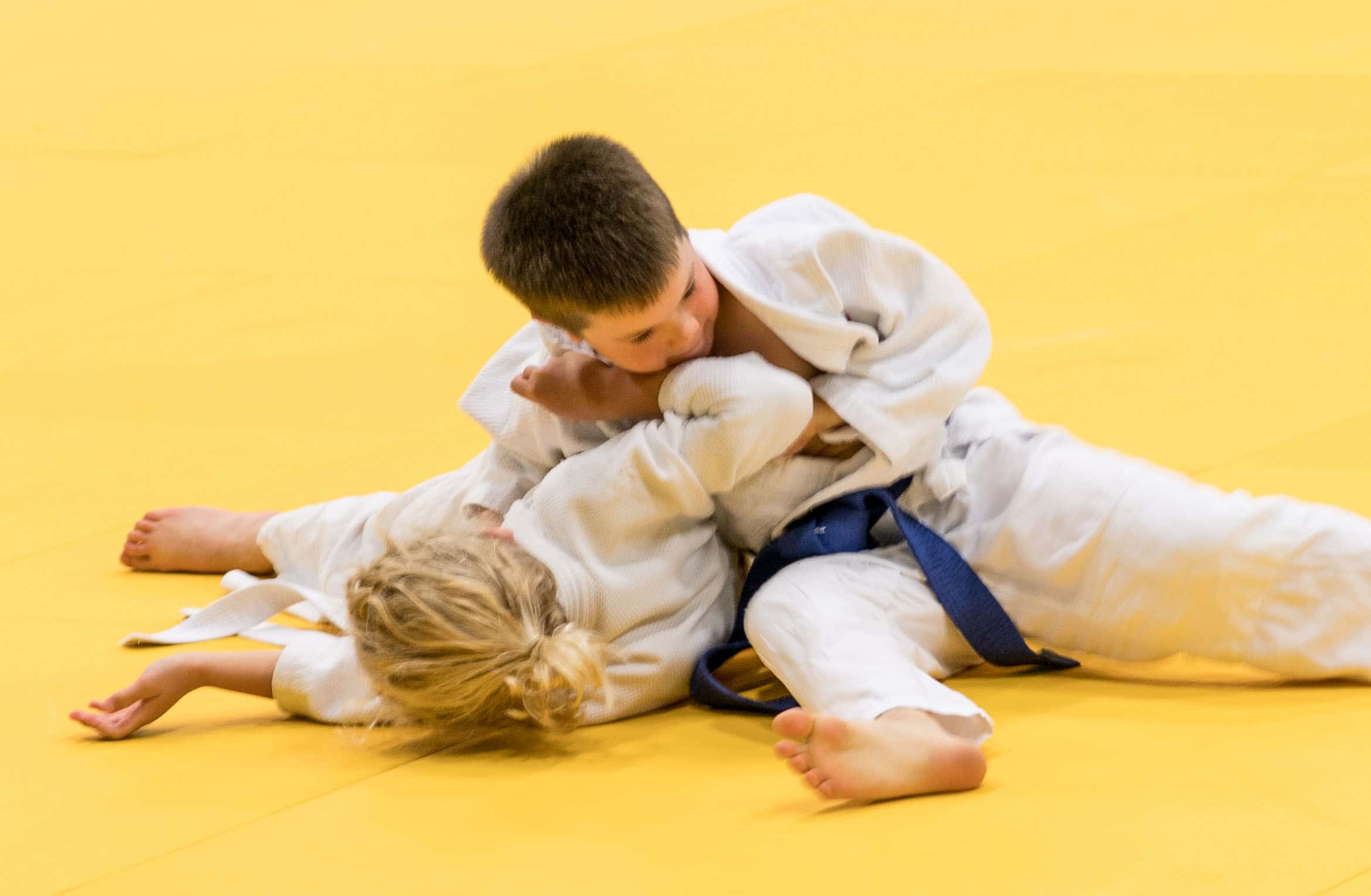
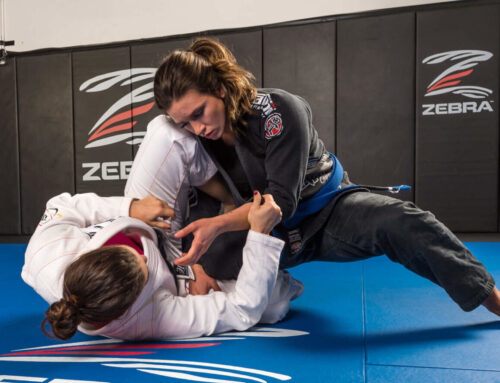
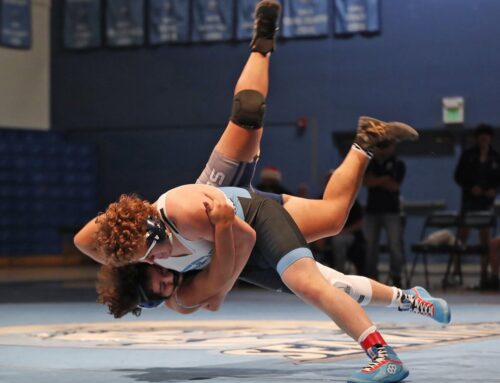
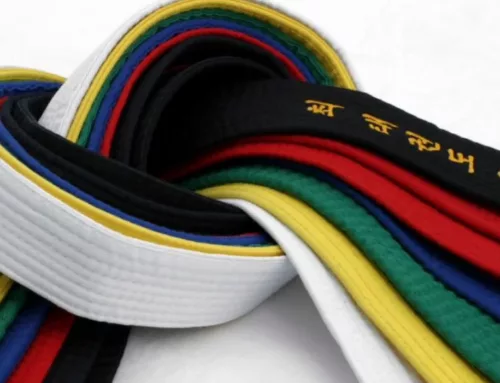
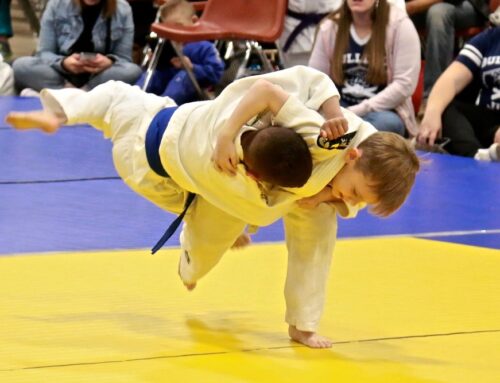
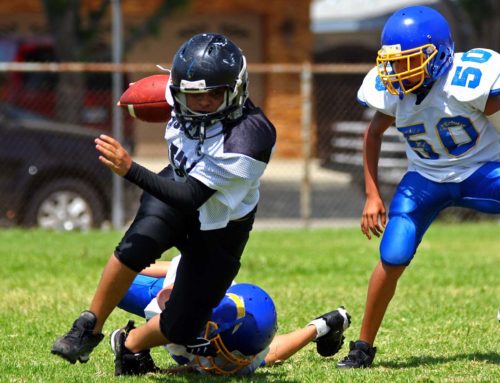
Leave A Comment